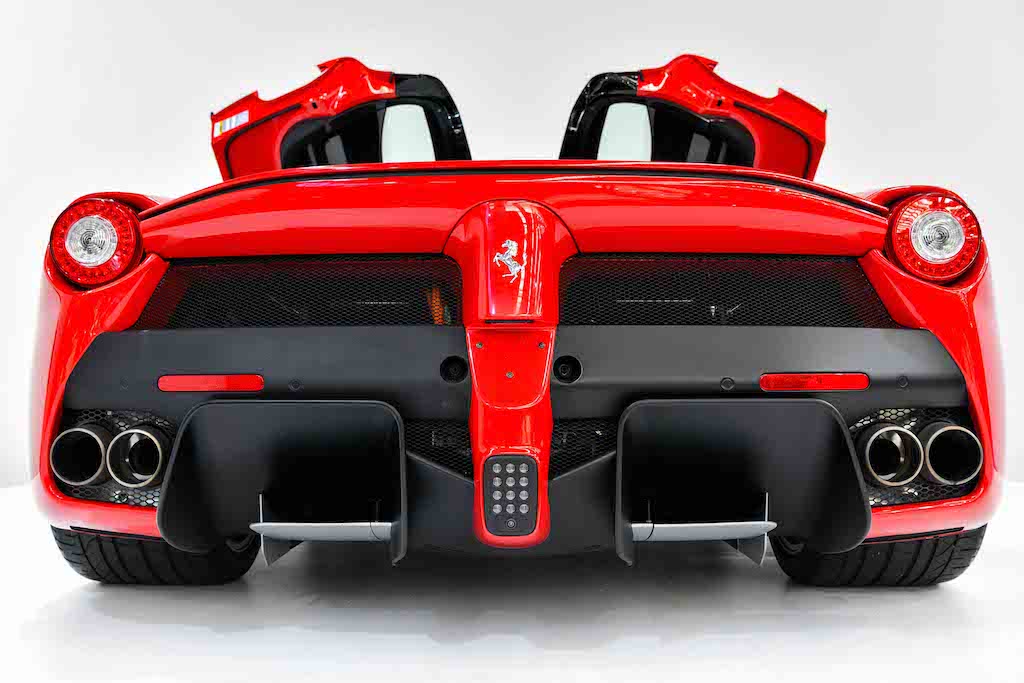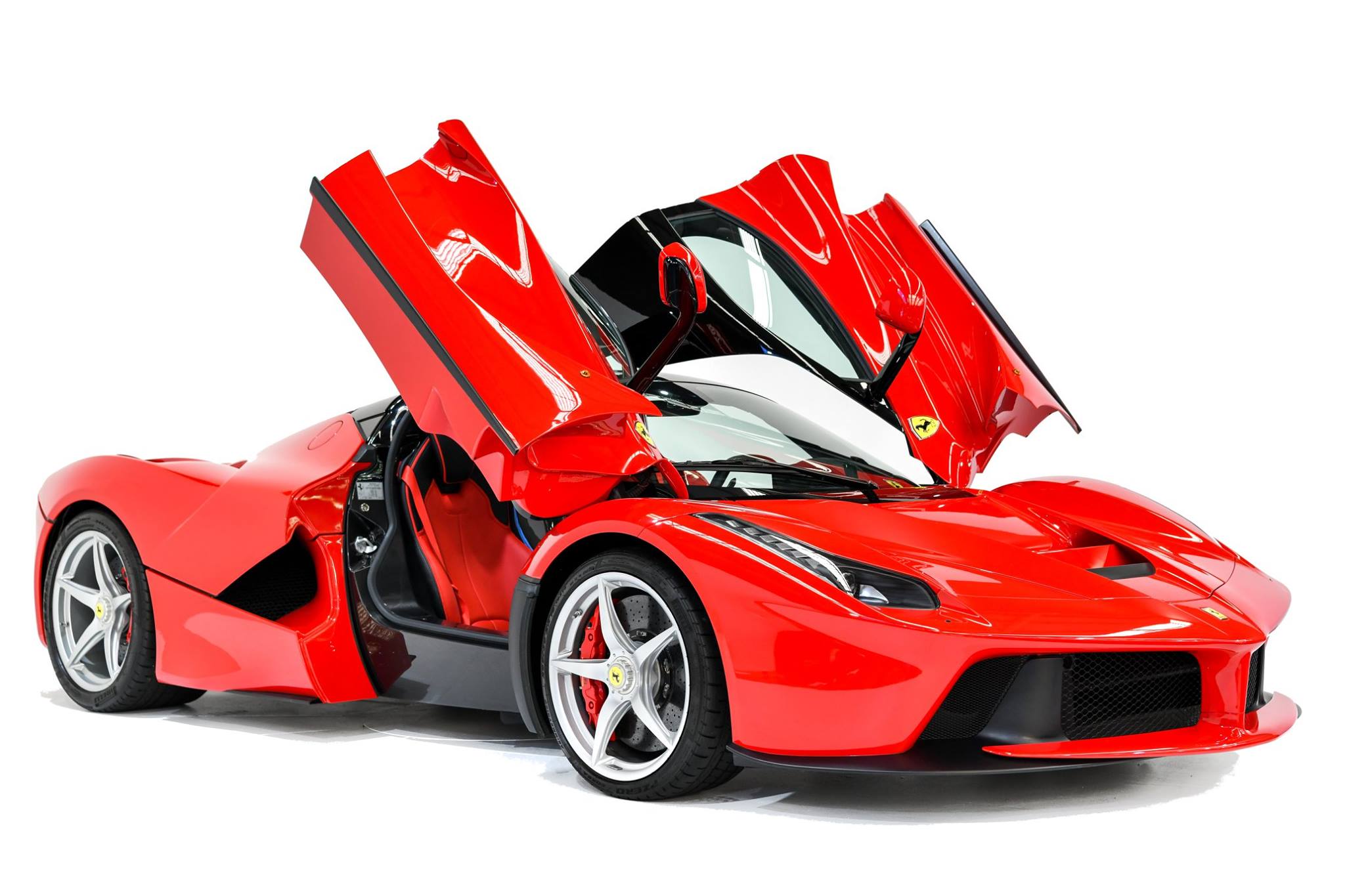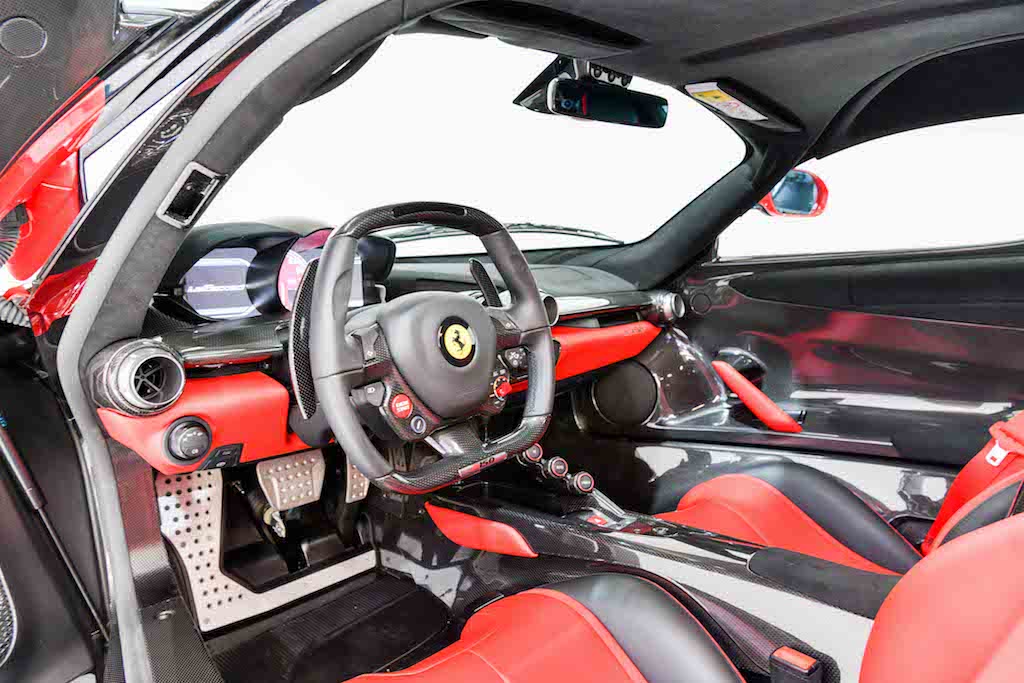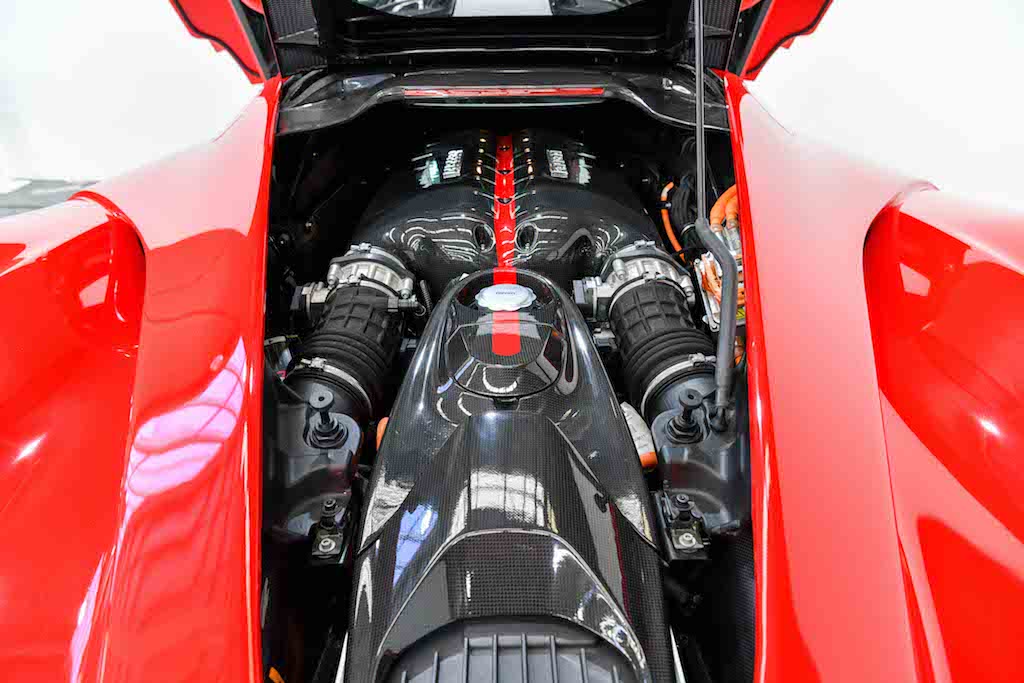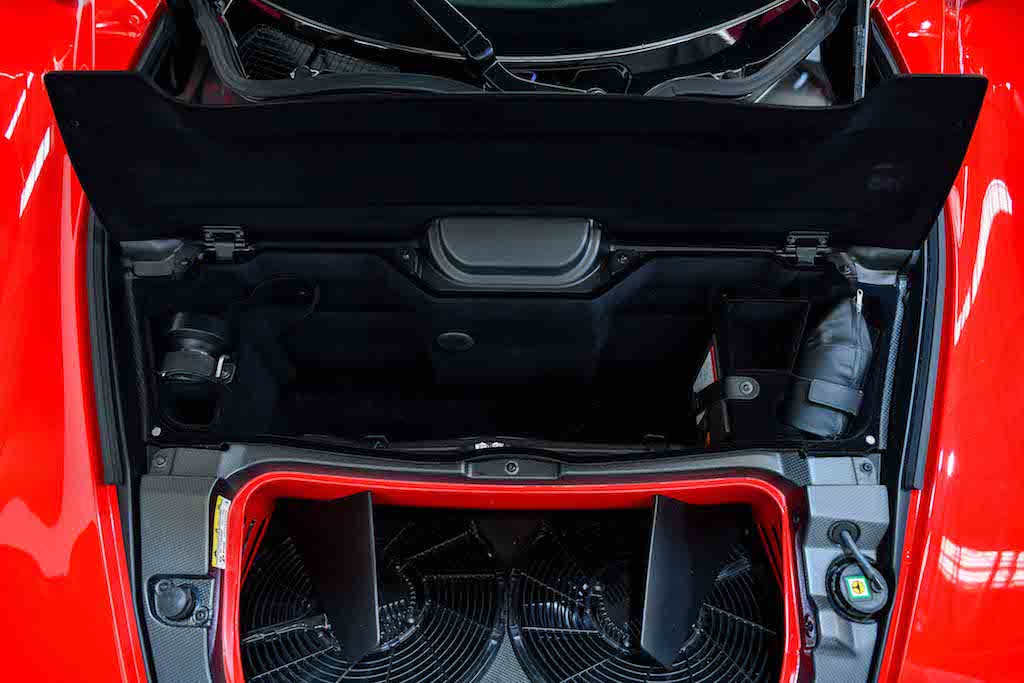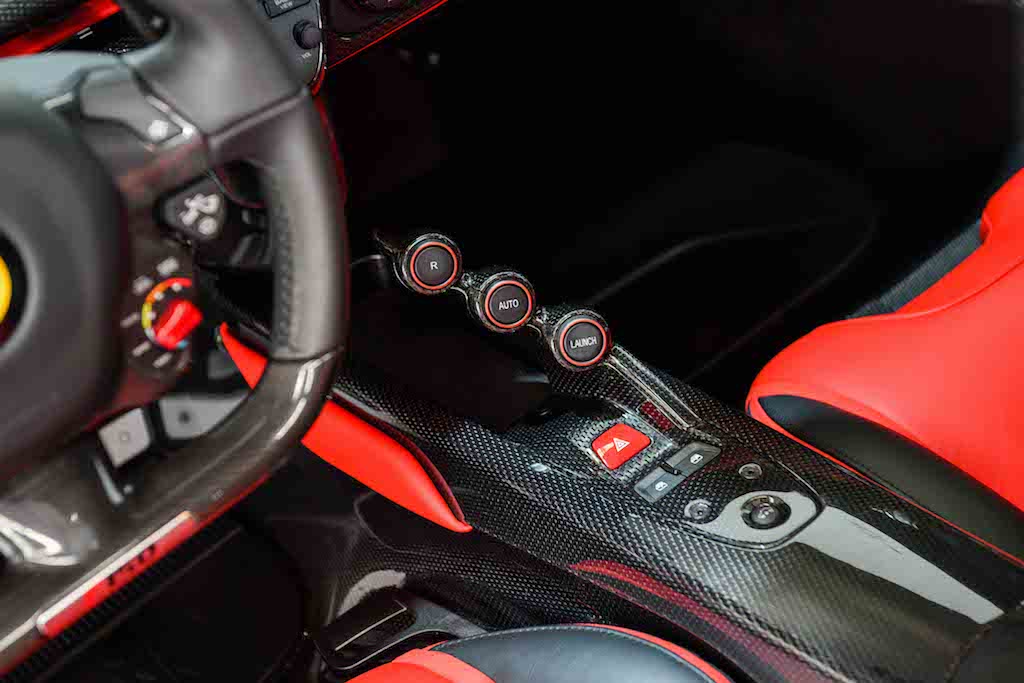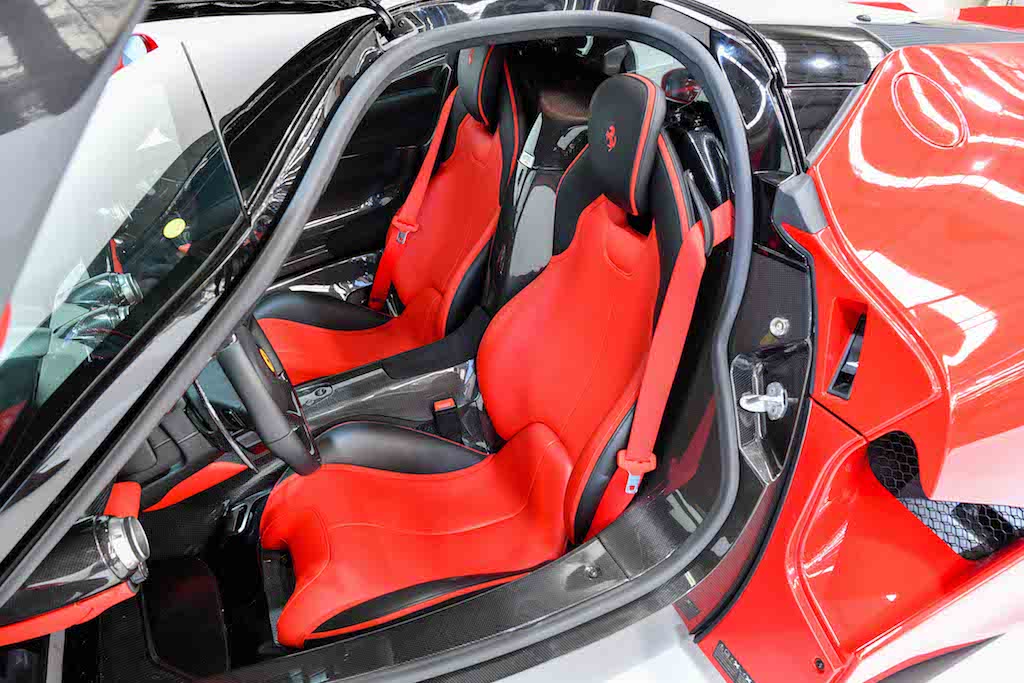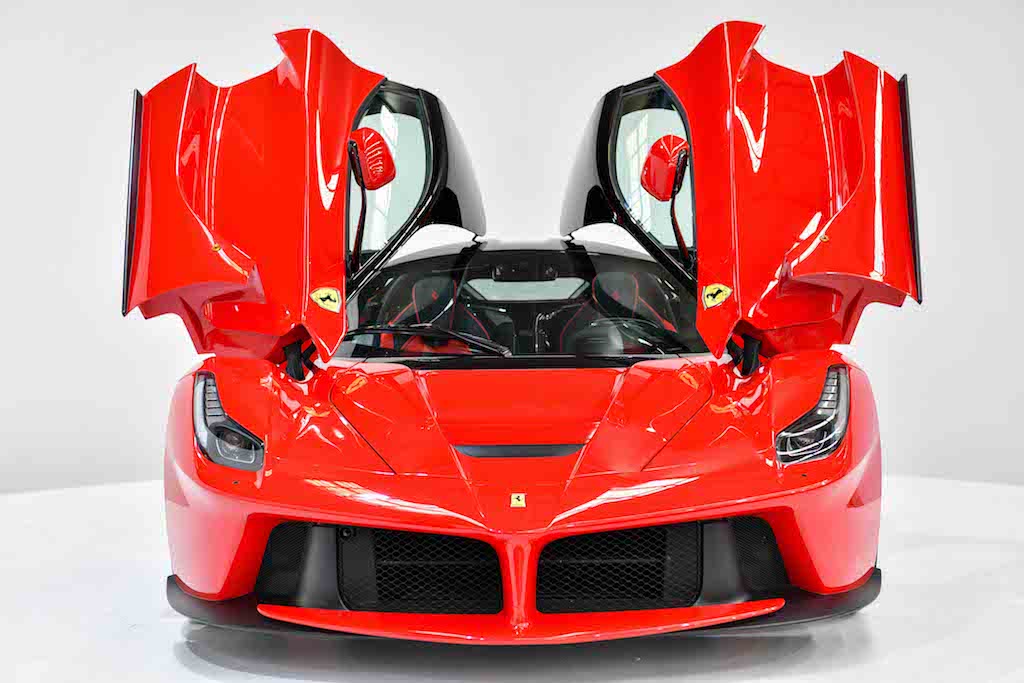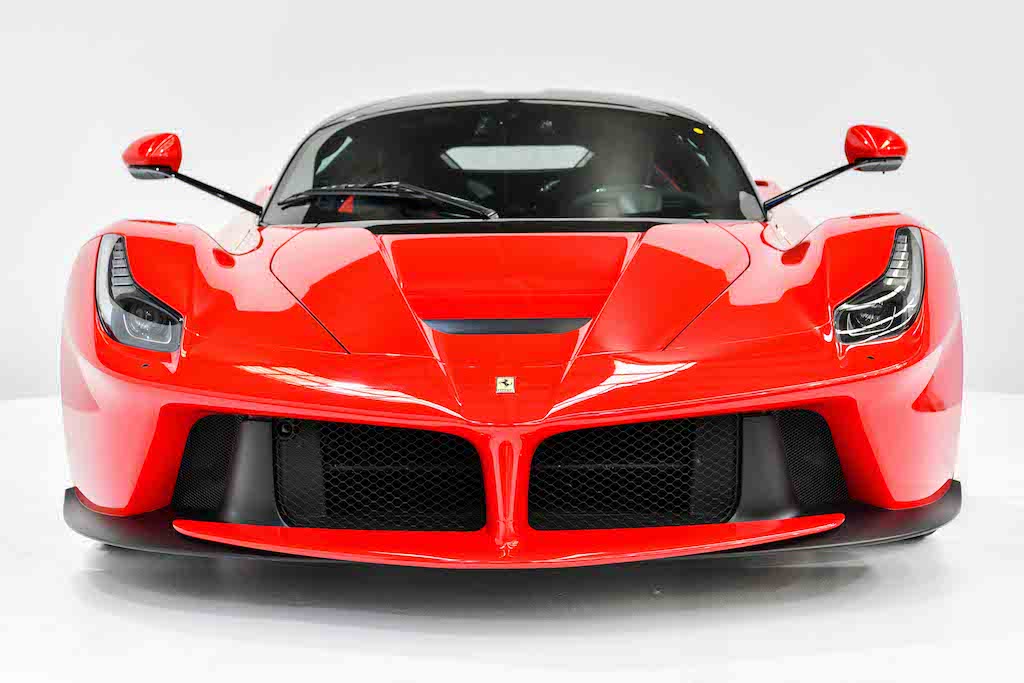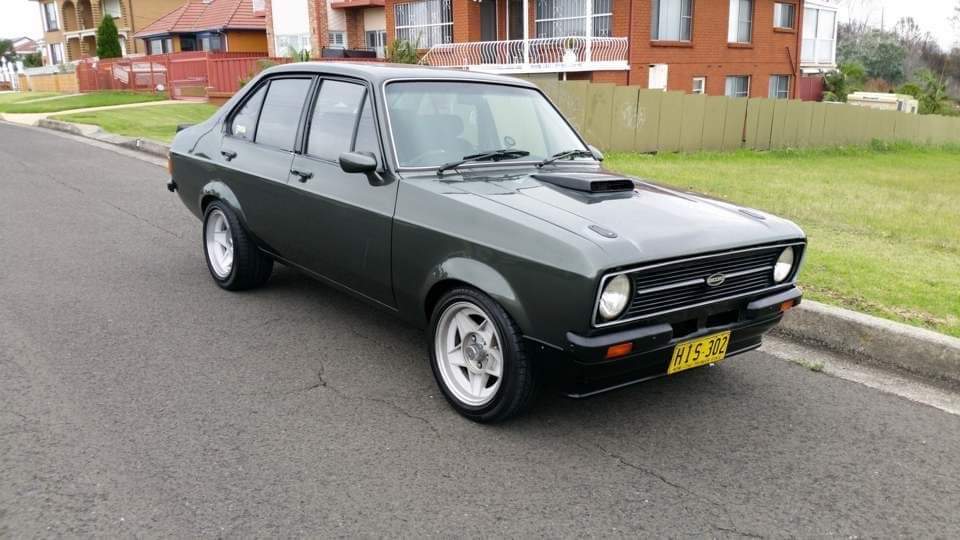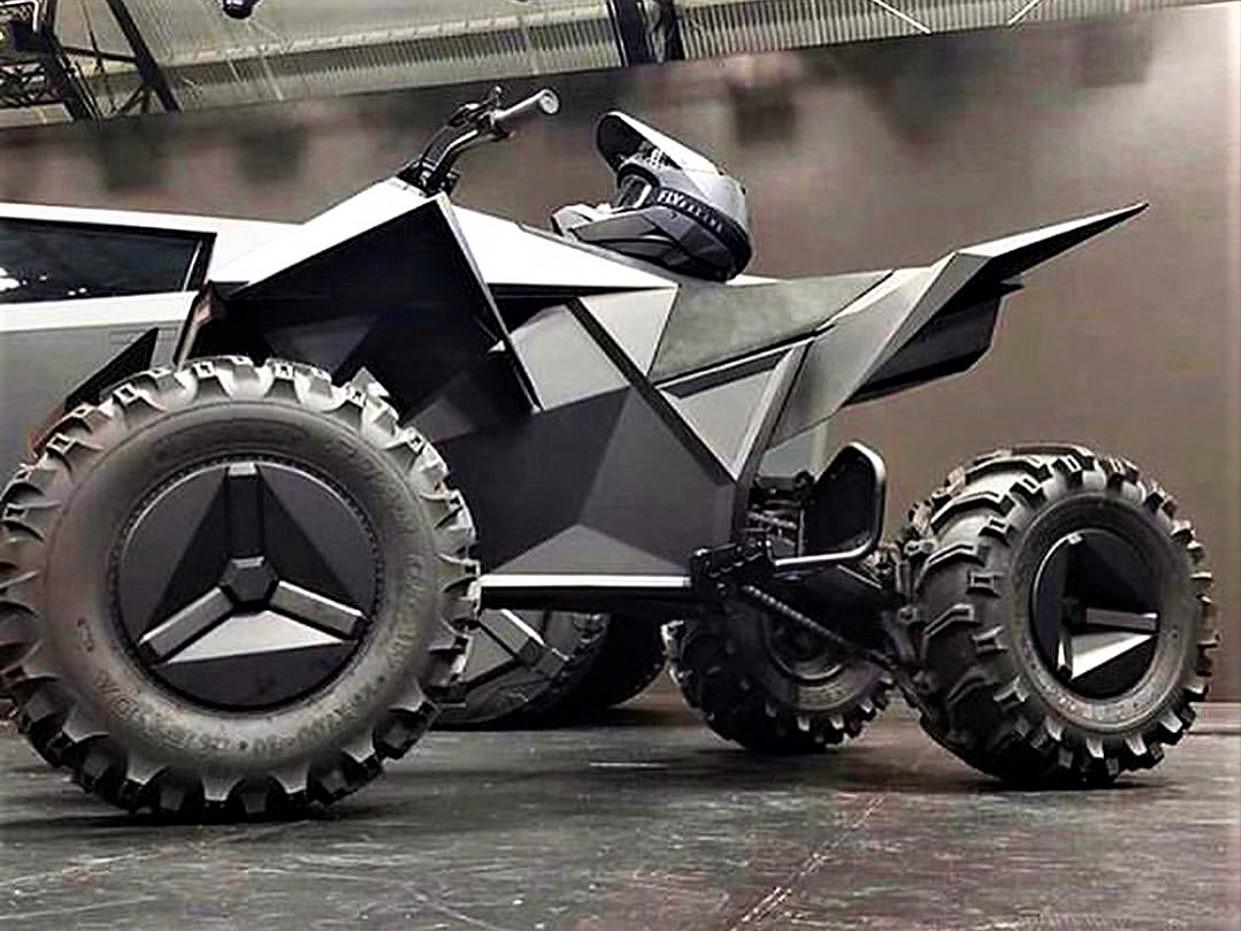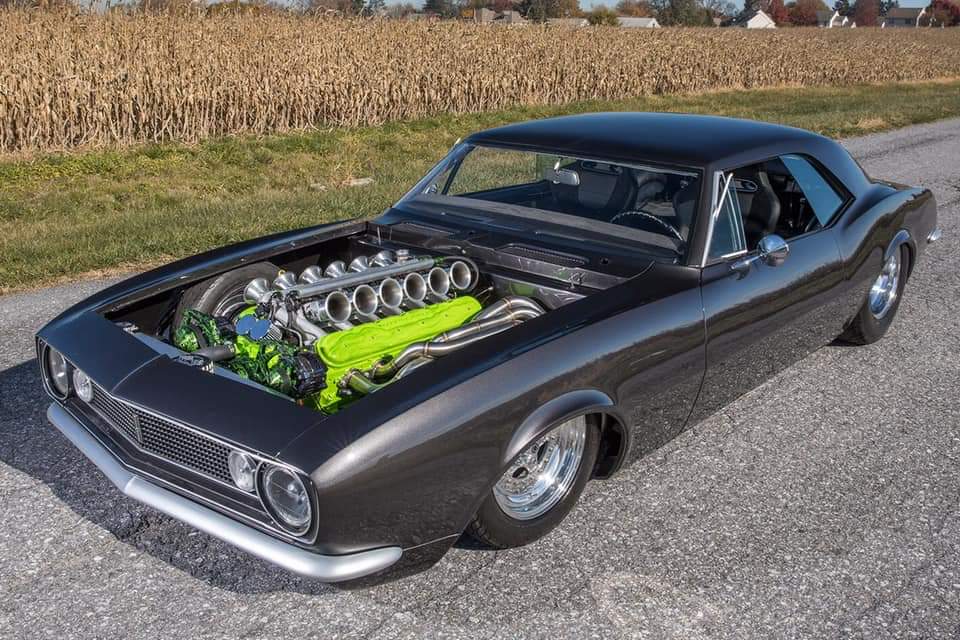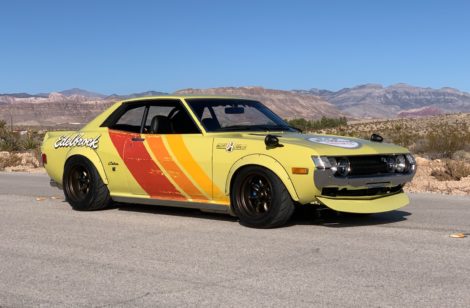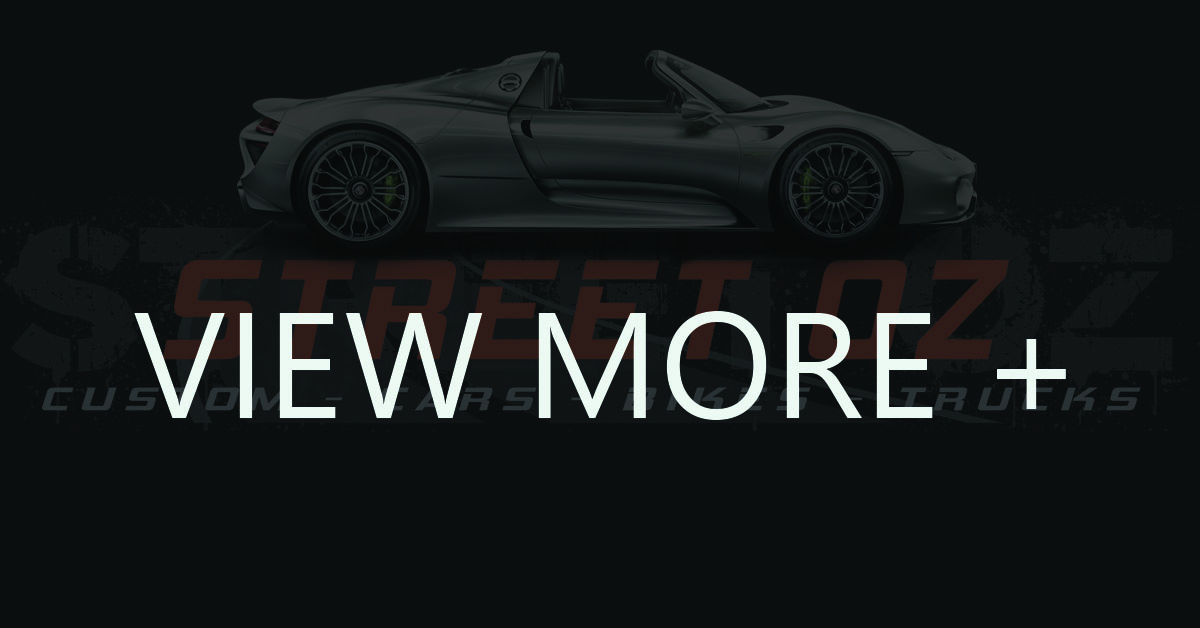 LaFerrari
LaFerrari 
LaFerrari

LaFerrari is the first mild hybrid produced by the Italian automotive marque, providing the highest power output of any Ferrari road car whilst decreasing fuel consumption by 40 percent. LaFerrari's internal combustion petrol powerplant is a longitudinally rear mid-mounted Ferrari F140 direct fuel injected 65° V12 engine with a displacement of 6,262 cc (6.3 L) generating a maximum power output of 800 PS (588 kW; 789 hp) at 9,000 rpm and 700 N⋅m (516 lb⋅ft) of torque at 6,750 rpm, supplemented by a 163 PS (120 kW; 161 hp) KERS unit (called HY-KERS), which provides short bursts of extra power. The KERS system adds extra power to the combustion engine's power output level for a total of 963 PS (708 kW; 950 hp) and a combined torque of 900 N⋅m (664 lb⋅ft). Ferrari claims CO2 emissions of 330 g/km. The engine's bore X stroke is 94 mm × 75.2 mm (3.70 in × 2.96 in) with a compression ratio of 13.5:1 and a specific power output of 94 kW (128 PS) per litre. It is mated to a 7-speed dual-clutch transmission.
ENGINE / PERFORMANCE
V12 engine with a displacement of 6,262 cc (6.3 L)
Power -
588 kW - 789 hp at 9,000 rpm
Torque -
700 N⋅m (516 lb⋅ft) at 6,750 rpm
The KERS System (HY-KERS)
adds extra power to the combustion engine's power output level for a total of
Total Power -
708 kw - 950 hp at 9,000 rpm
Total Torque -
900 N⋅m (664 lb⋅ft) at 6,750 rpm
LaFerrari's internal combustion petrol powerplant is a longitudinally rear mid-mounted Ferrari F140 direct fuel injected 65° V12 engine with a displacement of 6,262 cc (6.3 L) generating a maximum power output of 800 PS (588 kW; 789 hp) at 9,000 rpm and 700 N⋅m (516 lb⋅ft) of torque at 6,750 rpm,supplemented by a 163 PS (120 kW; 161 hp) KERS unit (called HY-KERS), which provides short bursts of extra power. The KERS system adds extra power to the combustion engine's power output level for a total of 963 PS (708 kW; 950 hp) and a combined torque of 900 N⋅m (664 lb⋅ft).
Ferrari claims CO2 emissions of 330 g/km. The engine's bore X stroke is 94 mm × 75.2 mm (3.70 in × 2.96 in) with a compression ratio of 13.5:1 and a specific power output of 94 kW (128 PS) per litre.
It is mated to a 7-speed dual-clutch transmission.

BODY / CHASSI
The design of the V12 flagship received no input from Pininfarina, making it the first Ferrari since the Bertone-styled 1973 Dino 308 GT4 not to have Pininfarina bodywork or other styling. This decision is a rare exception to the collaboration between Ferrari and Pininfarina that began in 1951. However, Ferrari has stated that there are no plans to end business relations with Pininfarina.
Front view of LaFerrari
The cockpit stands out for its essentiality and the sportiness of the shapes, intended to convey the high level of performance of the car. The steering wheel has integrated controls and shift paddles directly fixed to the steering column, a solution that allows better use in all conditions. The "bridge" which exists between the two seats, designed like a suspended wing, is home to other instruments linked to the dual-clutch gearbox. The instrumentation consists of a 12.3-inch (310 mm) TFT display with the option to choose between two layouts and can host data from the telemetry system.

SUSPENSION / WHEELS
The car is equipped with carbon-ceramic Brembo brake discs at the front (398 mm) and rear (380 mm), The car is equipped with Pirelli P Zero Corsa tyres measuring 265/30 R 19 (front) and 345/30 R 20 (rear) respectively.
The car uses a carbon fibre monocoque structure designed by Ferrari's F1 technical director Rory Byrne, with a claimed 27 percent more torsional rigidity and 22 percent more beam stiffness than its predecessor. It has a double wishbone suspension in the front and a multi-link suspension in the rear.
LaFerrari has a number of electronic controls including an electronic stability control, high performance ABS/EBD (anti-lock braking system/electronic brake distribution), EF1-Trac F1 electronic traction control integrated with the hybrid system, E-Diff 3 third generation electronic differential, SCM-E Frs magnetorheological damping with twin solenoids (Al-Ni tube), and active aerodynamics, which are controlled by 21 of LaFerrari's onboard computers, to enable maximum performance. The body computer system is developed by Magneti Marelli Automotive Lighting.

DRIVETRAIN / GEARBOX
7-speed dual-clutch automated manual

Recap

ENGINE / PERFORMANCE

V12 engine with a displacement of 6,262 cc (6.3 L)
Power -
588 kW - 789 hp at 9,000 rpm
Torque -
700 N⋅m (516 lb⋅ft) at 6,750 rpm
The KERS System (HY-KERS)
adds extra power to the combustion engine's power output level for a total of
Total Power -
708 kw - 950 hp at 9,000 rpm
Total Torque -
900 N⋅m (664 lb⋅ft) at 6,750 rpm
LaFerrari's internal combustion petrol powerplant is a longitudinally rear mid-mounted Ferrari F140 direct fuel injected 65° V12 engine with a displacement of 6,262 cc (6.3 L) generating a maximum power output of 800 PS (588 kW; 789 hp) at 9,000 rpm and 700 N⋅m (516 lb⋅ft) of torque at 6,750 rpm,supplemented by a 163 PS (120 kW; 161 hp) KERS unit (called HY-KERS), which provides short bursts of extra power. The KERS system adds extra power to the combustion engine's power output level for a total of 963 PS (708 kW; 950 hp) and a combined torque of 900 N⋅m (664 lb⋅ft).
Ferrari claims CO2 emissions of 330 g/km. The engine's bore X stroke is 94 mm × 75.2 mm (3.70 in × 2.96 in) with a compression ratio of 13.5:1 and a specific power output of 94 kW (128 PS) per litre.
It is mated to a 7-speed dual-clutch transmission.
BODY / WHEELS

The design of the V12 flagship received no input from Pininfarina, making it the first Ferrari since the Bertone-styled 1973 Dino 308 GT4 not to have Pininfarina bodywork or other styling. This decision is a rare exception to the collaboration between Ferrari and Pininfarina that began in 1951. However, Ferrari has stated that there are no plans to end business relations with Pininfarina.
Front view of LaFerrari
The cockpit stands out for its essentiality and the sportiness of the shapes, intended to convey the high level of performance of the car. The steering wheel has integrated controls and shift paddles directly fixed to the steering column, a solution that allows better use in all conditions. The "bridge" which exists between the two seats, designed like a suspended wing, is home to other instruments linked to the dual-clutch gearbox. The instrumentation consists of a 12.3-inch (310 mm) TFT display with the option to choose between two layouts and can host data from the telemetry system.
SUSPENSION / CHASSI

The car is equipped with carbon-ceramic Brembo brake discs at the front (398 mm) and rear (380 mm), The car is equipped with Pirelli P Zero Corsa tyres measuring 265/30 R 19 (front) and 345/30 R 20 (rear) respectively.
The car uses a carbon fibre monocoque structure designed by Ferrari's F1 technical director Rory Byrne, with a claimed 27 percent more torsional rigidity and 22 percent more beam stiffness than its predecessor. It has a double wishbone suspension in the front and a multi-link suspension in the rear.
LaFerrari has a number of electronic controls including an electronic stability control, high performance ABS/EBD (anti-lock braking system/electronic brake distribution), EF1-Trac F1 electronic traction control integrated with the hybrid system, E-Diff 3 third generation electronic differential, SCM-E Frs magnetorheological damping with twin solenoids (Al-Ni tube), and active aerodynamics, which are controlled by 21 of LaFerrari's onboard computers, to enable maximum performance. The body computer system is developed by Magneti Marelli Automotive Lighting.
DRIVETRAIN / GEARBOX

7-speed dual-clutch automated manual
We Want You

STREET OZ Automotive Archive.
An Archived Collection Of Custom Cars, Bikes, Trucks And More.
Add Your Vehicle Into Our Archive Today.
We Will Honour Each Vehicle Into Our Archive That Has A Detailed Description.
Become A Member Today.

